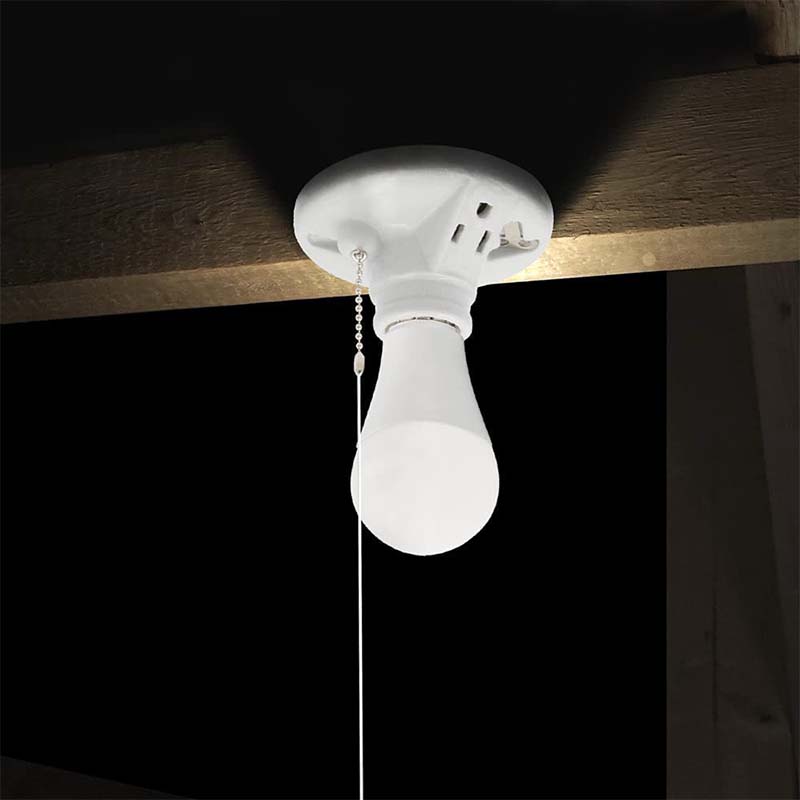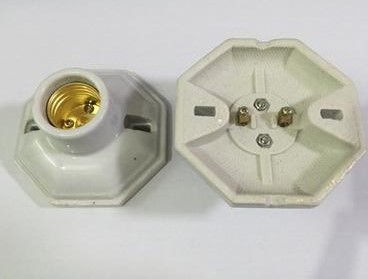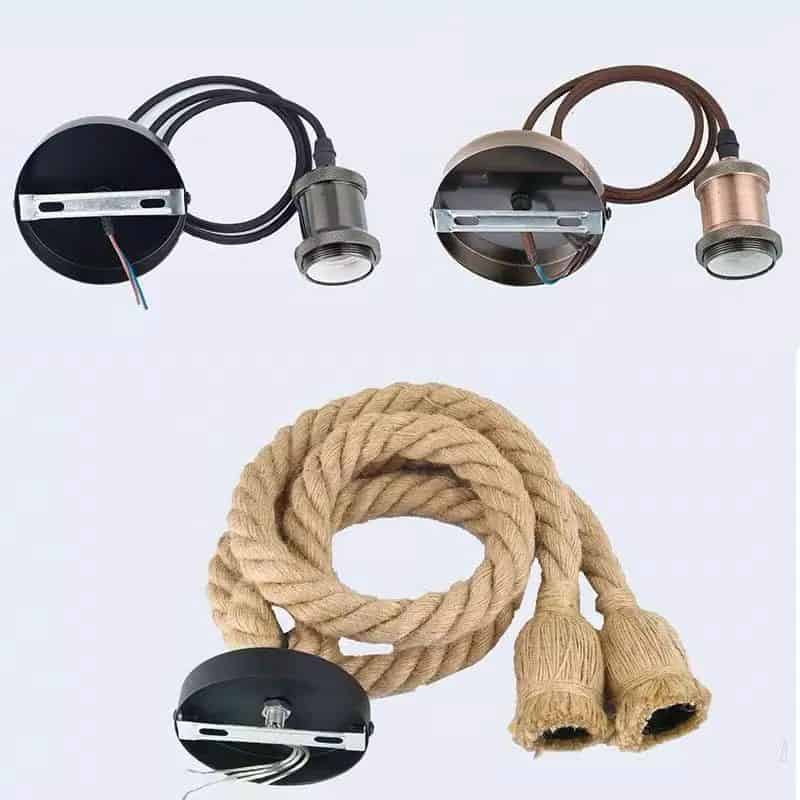It can be unsettling to find stink bugs in your light bulb sockets. They are not only a nuisance, but they also present potential problems ranging from gross smells to fire hazards. You need to understand why they are attracted to these areas and learn how to keep them out.

Stink Bugs Are Drawn to Warmth and Light
Stink bugs, like many insects, are naturally attracted to warmth and light. Light sockets provide both, making them a desirable shelter, especially when temperatures begin to drop outside. During colder seasons, stink bugs are known to seek warmer areas, and the heat generated by light sockets becomes particularly appealing. Furthermore, many insects, including stink bugs, are phototropic, meaning they’re drawn toward light. This attraction is why it’s common to find them near your light fixtures, especially in the evenings.
Seasonal Behavior of Stink Bugs
The presence of stink bugs inside your light sockets often correlates with their seasonal habits. As outdoor temperatures drop in the fall and winter, stink bugs seek out warm, sheltered places to survive. These insects don’t just need warmth; they also look for areas where they can safely hide or breed if necessary. Light sockets, which are typically secluded and seldom disturbed, provide an ideal shelter for overwintering. As a result, your home can unintentionally become a winter retreat for these bugs.
Dangers of Stink Bugs in Light Sockets
Although stink bugs themselves are generally harmless to humans, their presence in light sockets poses several risks. One significant concern is fire safety. When multiple bugs gather inside a light socket, they can block ventilation, causing the socket to overheat. Overheating increases the risk of electrical fires, especially in older or frequently used fixtures. Additionally, stink bugs can interfere with the electrical connections within the socket, causing flickering or even malfunctioning lights. Over time, this can lead to more severe issues, such as damage to the light fixture or socket, requiring professional repairs.

Steps to Prevent Stink Bugs from Entering Light Sockets
Preventing stink bugs from taking shelter in your light sockets involves a few practical steps. First, start by sealing any entry points around your home. Look for gaps around windows, doors, and walls that could allow bugs to enter. Even small cracks can become pathways for these determined insects. Using caulking or weatherstripping can be effective in sealing off these points of entry.
In addition to sealing, consider using natural bug repellents or insect screens around sockets and light fixtures. Screens or mesh can be applied to outdoor fixtures to keep bugs away from the lights that attract them. Natural repellents, such as sprays made from essential oils, can also help keep stink bugs at bay. Finally, regular maintenance of light sockets, especially in areas prone to bugs, is crucial. Cleaning and checking your sockets periodically can help prevent the buildup of insects and debris.
How to Safely Remove Stink Bugs from Light Sockets
If you find stink bugs inside a light socket, it’s essential to remove them safely. Begin by turning off the power to the fixture to prevent any risk of electric shock. Once the power is off, you can use a vacuum cleaner with a nozzle attachment to remove the bugs. Alternatively, a small, soft brush can also work well to dislodge any insects from the socket without causing damage. After cleaning, inspect the nearby areas for any possible entry points, such as cracks or gaps in the wall or ceiling, and seal these if necessary to reduce the chances of re-infestation.

Alternative Light Sources to Reduce Bug Attraction
Certain types of light bulbs are more attractive to insects than others. To reduce the allure of your light fixtures, consider switching to LED bulbs, which emit less ultraviolet (UV) light than traditional incandescent bulbs. Since stink bugs and other insects are attracted to UV light, LEDs make light sockets a less enticing location. Additionally, altering the placement of your lights can make a difference. For outdoor lighting, consider placing fixtures further away from windows and doors, as bugs drawn to these lights are less likely to end up inside your home.
When to Call a Professional
In cases where stink bugs persistently gather in light sockets despite preventive efforts, it may be time to call a professional. An exterminator can provide effective solutions for long-term insect control, particularly if you suspect a broader infestation in your home. Additionally, if stink bugs have caused noticeable damage to your light sockets or if you experience electrical issues, it’s wise to contact a licensed electrician. Electrical problems related to pests can sometimes worsen over time, and professional assessment can help prevent future hazards.
Final Words:
Knowing why they are attracted to lamp sockets and how to prevent and manage them will help you keep them out and get rid of them. Seal up entry points. Use alternative lighting. Keep your sockets clean, and you will have fewer problems with stink bugs.













